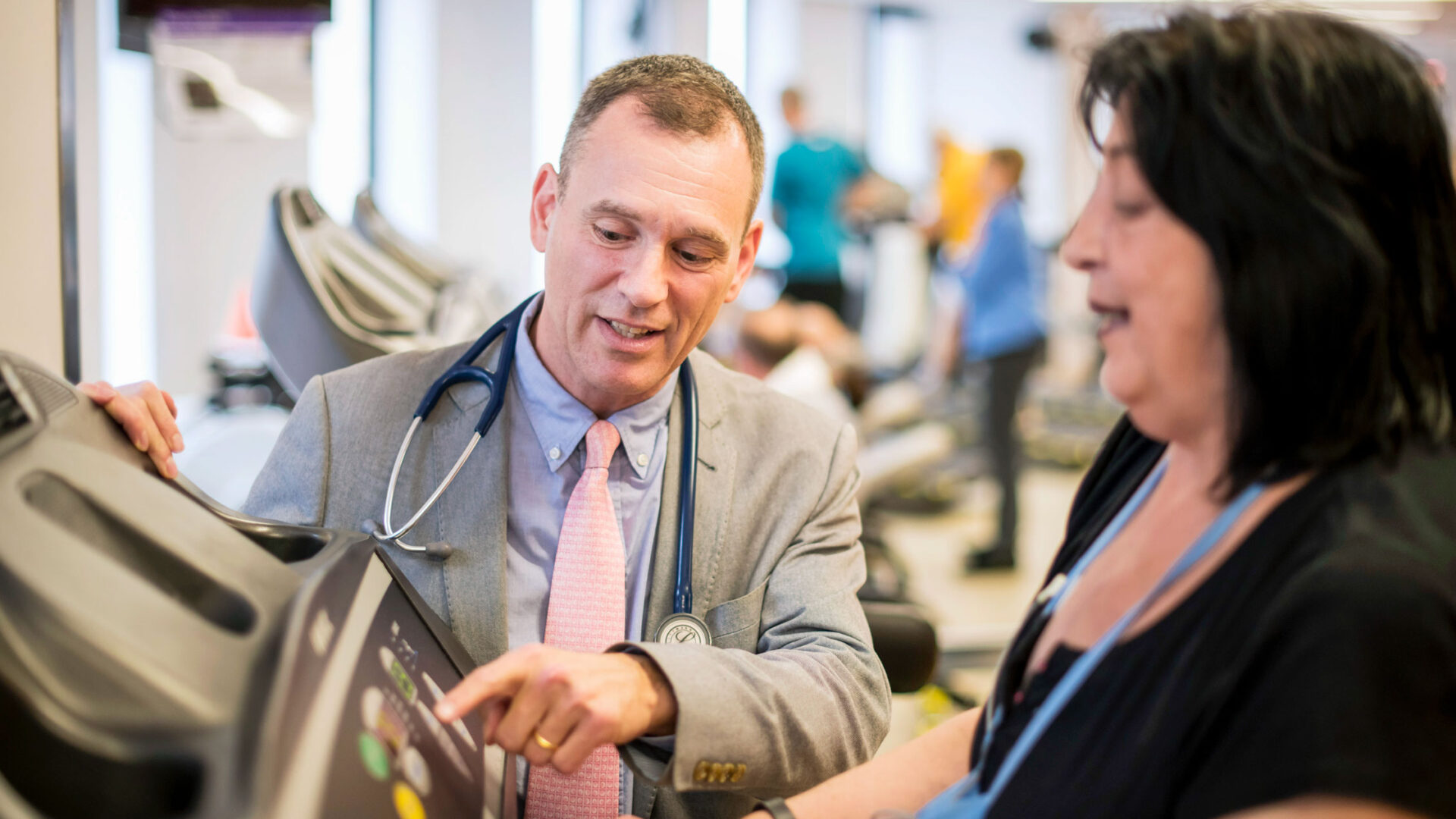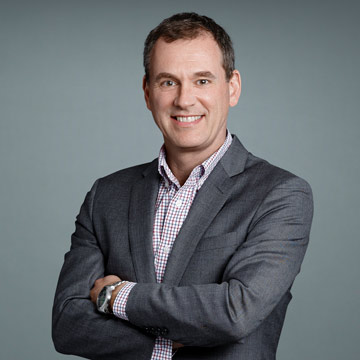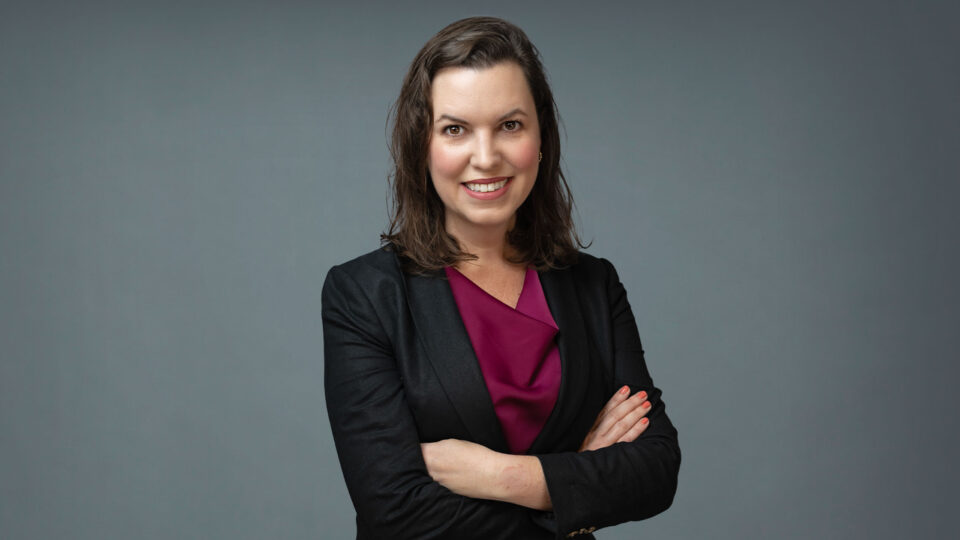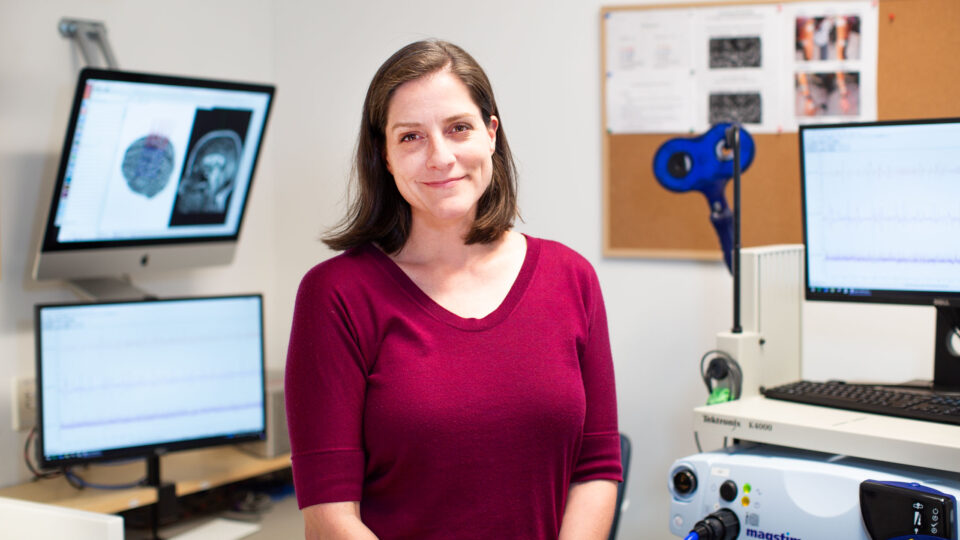Cardiopulmonary rehabilitation specialist Jonathan H. Whiteson, MD, is dedicated to improving patient care and growing the rehabilitation field. A passionate leader and advocate, he serves as vice chair of clinical operations for Rusk Rehabilitation and chairs the Specialty Brand Expansion Committee (SBE) of the American Academy of Physical Medicine and Rehabilitation (AAPM&R). Approaching his two-year anniversary with the AAPM&R Board of Governors, Dr. Whiteson explains how he’s working to raise awareness of the specialty.
Physician Focus: The AAPM&R supports and advocates for its physician members. Tell us more about this work and why it’s important.
Dr. Whiteson: The Academy is investing in the future of the specialty. Its work focuses on supporting PM&R physicians to be successful in all settings and aspects of their practices.
The Academy’s message is clear: PM&R physicians are the medical experts in value-based evaluation, diagnosis, and management of neuromusculoskeletal and disabling conditions. We’re indispensable leaders in directing rehabilitation and recovery, and in preventing injury and disease. We’re vital in optimizing outcomes and function early in a patient’s care, and throughout their continuum.
“The Academy’s message is clear: PM&R physicians are the medical experts in value-based evaluation, diagnosis, and management of neuromusculoskeletal and disabling conditions.”
Jonathan H. Whiteson, MD
The Academy advocates for the specialty and patients on local, regional, and national levels, and lobbies lawmakers on healthcare issues that impact people with disabilities. It also partners with healthcare executives and policy-makers to advocate for resources and services that optimize care, and develops advocacy resources and training.
We’re shaping the future by educating medical students about a PM&R career path, developing residency programs, and providing resources and training to early-career PM&R physicians on practice management skills and multidisciplinary collaboration. We also meet annually with thousands of AAPM&R members to learn, network, and share best practices and innovations
I want to pay forward the mentorship I received early in my career to help forge the paths for today’s PM&R physicians. To support them so they can do their best to care for individuals with acute or chronic disabling conditions.
Physician Focus: How does your work with the SBE help raise awareness for PM&R physicians and the specialty?
Dr. Whiteson: SBE conveys a clear and consistent message to healthcare leaders, executives, and specialty partners about the value PM&R physicians bring to colleagues, patients, and health systems. Our strategy has been to develop communication and marketing tools so our members can evolve and develop their practices.
For example, our messaging illustrates how we partner with primary care practitioners in the outpatient setting to help care for patients with musculoskeletal conditions. Partnerships between PCP and PM&R physicians relieve PCP burden, facilitate patient access to specialists that best manage their issues, and provide better outcomes. Efficient and impactful care in outpatient settings also reduces the need for unnecessary procedures, hospitalizations, and overall costs.
PM&R physicians also contribute significantly to efficient throughput of patients across the care continuum, minimizing length of stay in hospitals by optimizing functional recovery. Data strongly supports the early involvement of PM&R physicians in reducing hospital transit time to post-acute or home care.
The SBE committee provides this growing data so members can share it with key partners in their health systems. Communicating this message increases support for the value of PM&R.
Physician Focus: Can you share an example of a program or service that exemplifies the unique strengths of PM&R physicians in advancing quality care?
Dr. Whiteson: At NYU Langone, we developed a PM&R Physician Consultation Service for our institution’s acute care settings. We wanted to decrease the time it took to get functionally limited acute care patients moved to inpatient rehab units or home. The consultation service has brought great value to our patients, clinical teams, and the bottom line. Over the past five years, an increased number of PM&R consults has shortened length of stay. We’ve disseminated this information at national PM&R conferences so other health care organizations can implement PM&R consult programs with similar outcomes.
Physician Focus: What trends or developments do you find most promising?
Dr. Whiteson: PM&R is a rapidly growing field, attracting more medical school graduates every day. This timing is good, considering the needs of an aging population that requires more PM&R physicians.
In addition, technology is evolving. Robotics, including exoskeleton devices; brain computer interfaces; and advanced prosthetics are making a difference. Telehealth and remote patient monitoring have also made it easier for people with disabilities or access issues to get care.
“Healthcare disparities concentrate in individuals with disabilities. We’re focused on PM&R physician training, legislation, and advocacy to achieve health equity.”
We’re also learning more about the benefit of aerobic exercise in recovery after stroke, brain injury and concussion, and oncologic diseases. Exercise is medicine. Regenerative medicine, including platelet rich plasma, stem cells, viscosupplementation, and prolotherapy are very promising.
Physician Focus: How are you addressing the most pressing challenges today?
Dr. Whiteson: Our specialty is keenly aware that healthcare disparities concentrate in individuals with disabilities. We’re focused on PM&R physician training, legislation, and advocacy to achieve health equity.
The Academy is also mindful of competition by non-PM&R trained physicians and clinicians in practice areas that require the expert training of our specialty. To resolve this, we’re training members and healthcare executives to lobby for regulation tightening, and advocating for PM&R physicians in the management of disabling conditions. At the same time, we recognize the need to partner with advanced practice clinicians, and have developed curricula to help train the clinical teams we work with.






